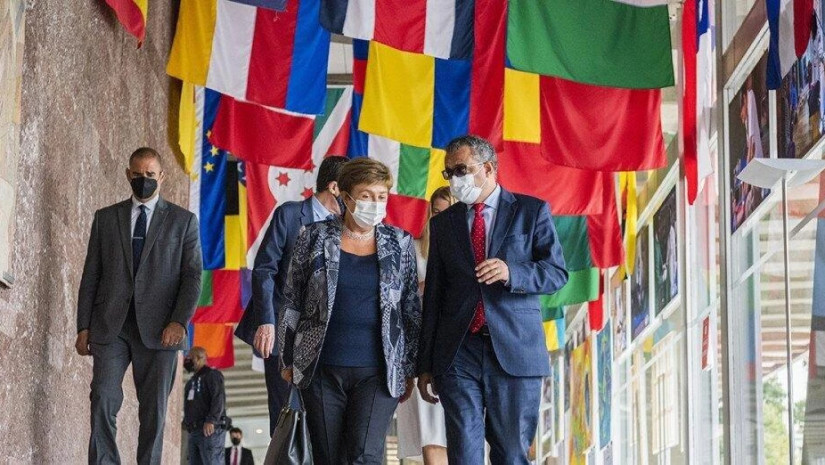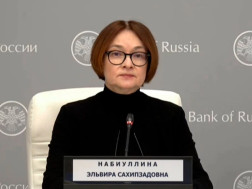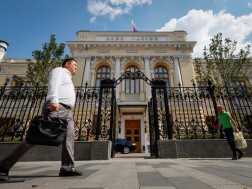The last year kept central bank governors on high alert, as a global health crisis threatened fiscal as well as physical health. Although years of loose money left some with little room to add stimulus, central bankers used all the tools at their disposal to mitigate the immediate threat. Covid-19 has since played a role in a cascade of aftershocks, including a slump in commodities and a collapse in employment. It is even now evolving unpredictable variants.
Yet signs of growth are emerging—albeit uneven and unevenly distributed.
“The pandemic is still underway and high uncertainty persists, making it too early to tell which shocks are transitory and which are permanent,” says Alejandro Díaz de León, Governor of the Bank of Mexico (interview, p. 25) “Global and local supply chains remain critically affected and may be subject to a profound adjustment process.”
Against this backdrop, Global Finance presents its 27th annual Central Banker Report Cards, in which we grade the top leaders at approximately 100 central banks around the world. Over the past year and looking ahead, they central question for central bankers will be if and when to shift from bolstering economic activity to tapping the brakes.
“We have learned from experience that patience is needed to avoid premature policy adjustments,” says Yannis Stournaras, Governor of the Bank of Greece (interview, p. 31) “In fact, we have made explicit that our commitment to avoid a premature tightening may imply temporary periods of above-target inflation.”
Stournaras, along with many independent economists, views current inflation as transitory. “Central banks should look through this temporary jump,” he counsels.
Conditions are certainly not equal across the board, with less mature economies facing significant long-term risk from lost infrastructure and green field investments. “Emerging market economies will face the additional challenge of dealing with the monetary stimulus withdrawal in advanced economies,” notes Mexico’s Diaz de Len, “which could translate into periods of volatility and tighter global financial conditions.”
Methodology
Global Finance editors, with input from analysts, economists and financial industry sources, grade the world’s leading central bankers on a scale of A to F, with A being the highest grade and F the lowest, based on a series of objective and subjective metrics, including the appropriate implementation of monetary policy for the economic conditions of each country. Judgments are based on performance from July 1, 2020 to June 30, 2021. A governor must have held office for at least one year in order to receive a letter grade.
We apply an algorithm to increase the cohesion of the grades between the different geographical areas, with 100 signifying perfection. The proprietary algorithm includes criteria—such as monetary policy, supervision of banks and the financial system, asset purchase and bond sale programs, accuracy of forecasts, quality of guidance, transparency, independence from political influence, success in meeting specific mandates (which differ from country to country), and reputation at home and internationally—weighted for relative importance.





View the full list here.

















